Various approaches for converting CO2 and H2O to liquid hydrocarbons using solar energy involve electro/photo/thermochemical catalytic processes and combinations thereof exist.


Various approaches for converting CO2 and H2O to liquid hydrocarbons using solar energy involve electro/photo/thermochemical catalytic processes and combinations thereof exist.

Imagine a scenario where CO2 greenhouse gas emissions could be used to desalinate briny water. This would be a creative way of killing two birds with one stone, namely helping to ameliorate global-warming-induced climate change and producing high quality water for agriculture and drinking purposes.
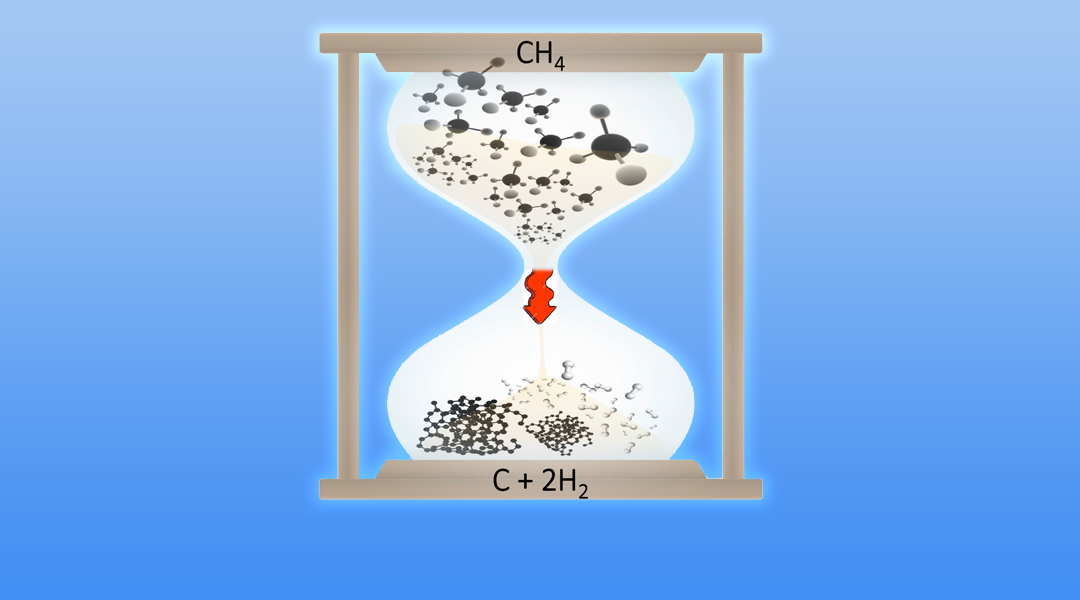
A fascinating approach for utilizing the chemical energy contained in the carbon–hydrogen bonds of methane without the co-production of carbon dioxide in the combustion process is discussed.
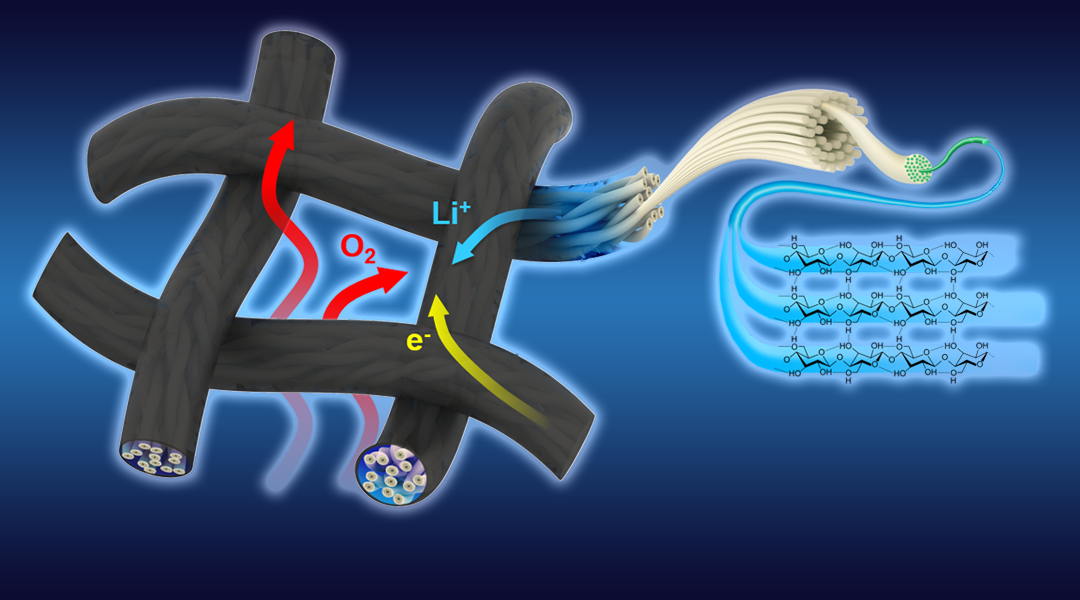
A novel flexible textile-based cathode with a unique triple-phased structure is presented, that shows improved non-competitive transport properties.

A hybrid thermochromic window coating with excellent visible transmittance and thermochromic performance at room temperature, opens new directions in plasmonic coatings.

A cationic iridium complex emitter in a light-emitting electrochemical cell is used to study the competing effects on the dielectric constant by varying the size of the negative ions with it.
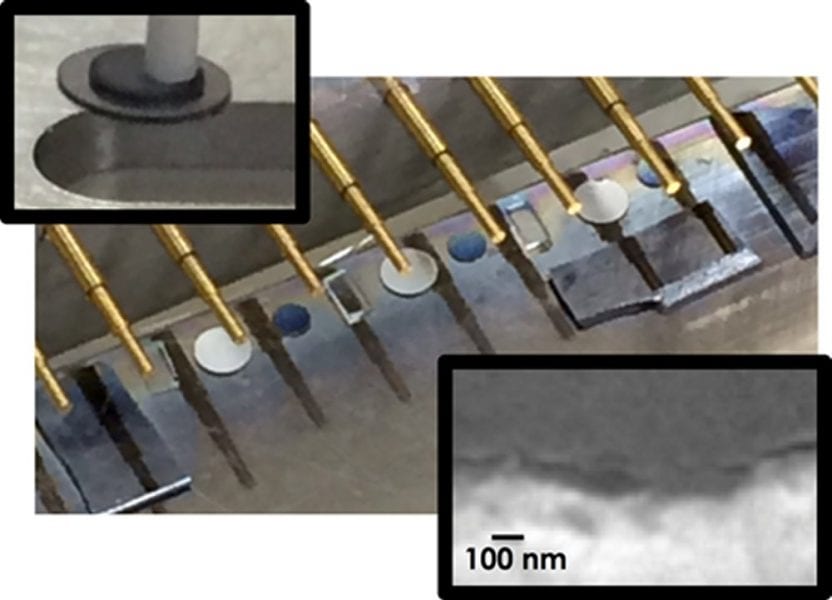
A simplified iCVD coater is developed that can be installed at low cost in most labs, and further use it to engineer submicron bond gaps in materials with common non-ideal features like curvature, roughness, and burrs.
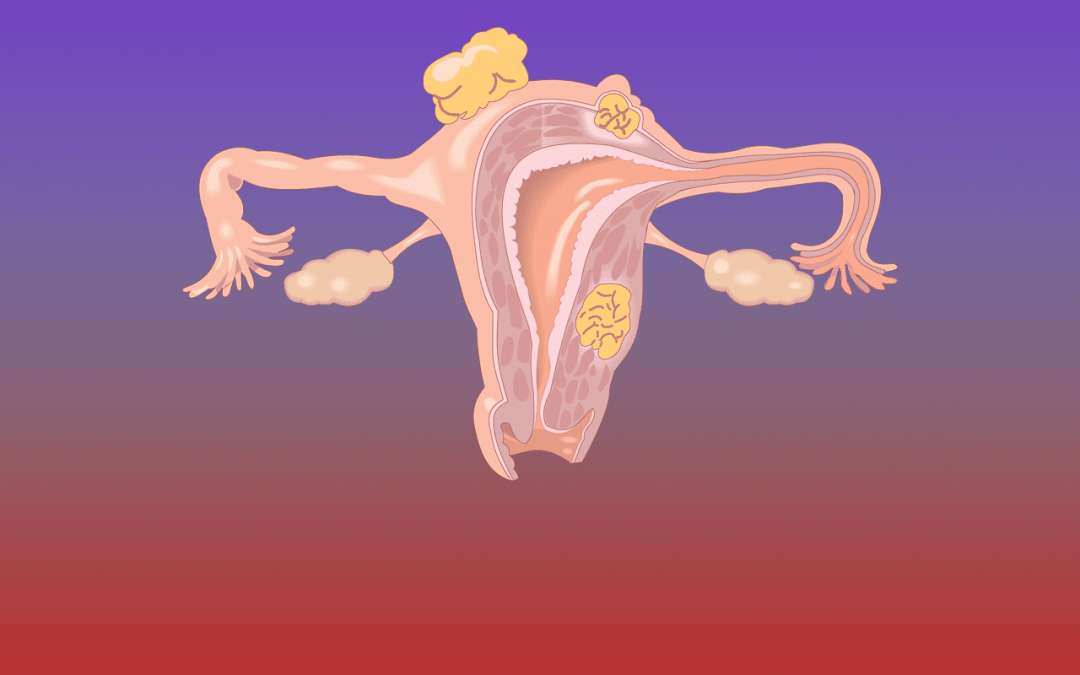
RNA-binding proteins influence epithelial ovarian cancer progression through complex networks with mRNAs, non-coding RNAs and other proteins.
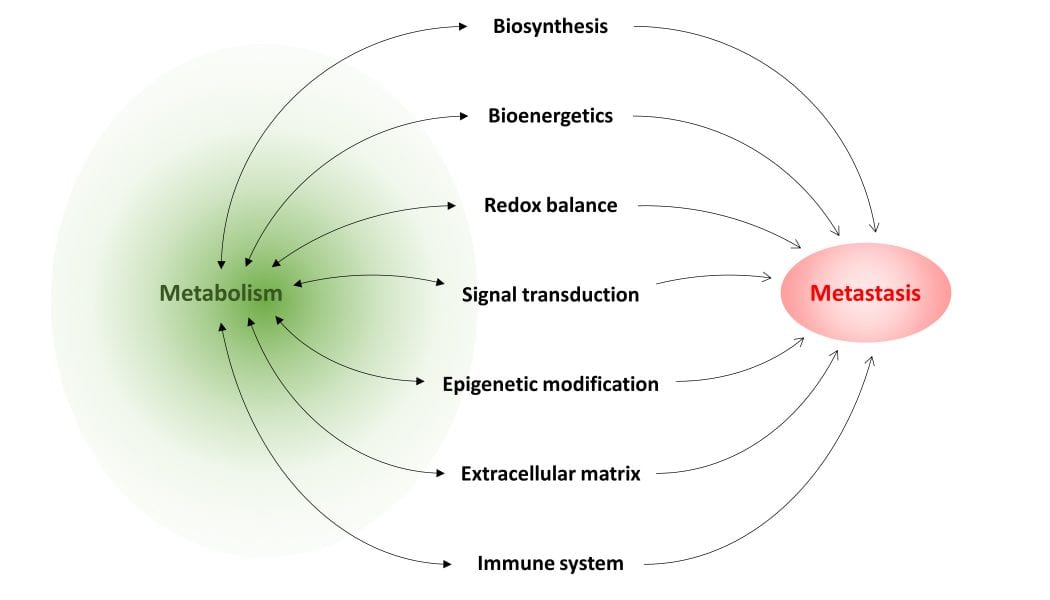
Metabolism promotes metastatic progression and supports metastatic cancer cells through diverse, interlinked and overlapping mechanisms.

When laser coding of PVC hydrochloric acid containing air arises. Thus, Friatec launched a fume scrubber with a corrosion-resistant filter system.